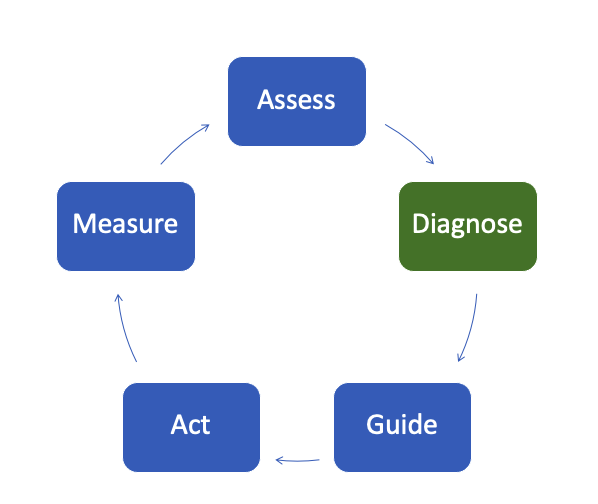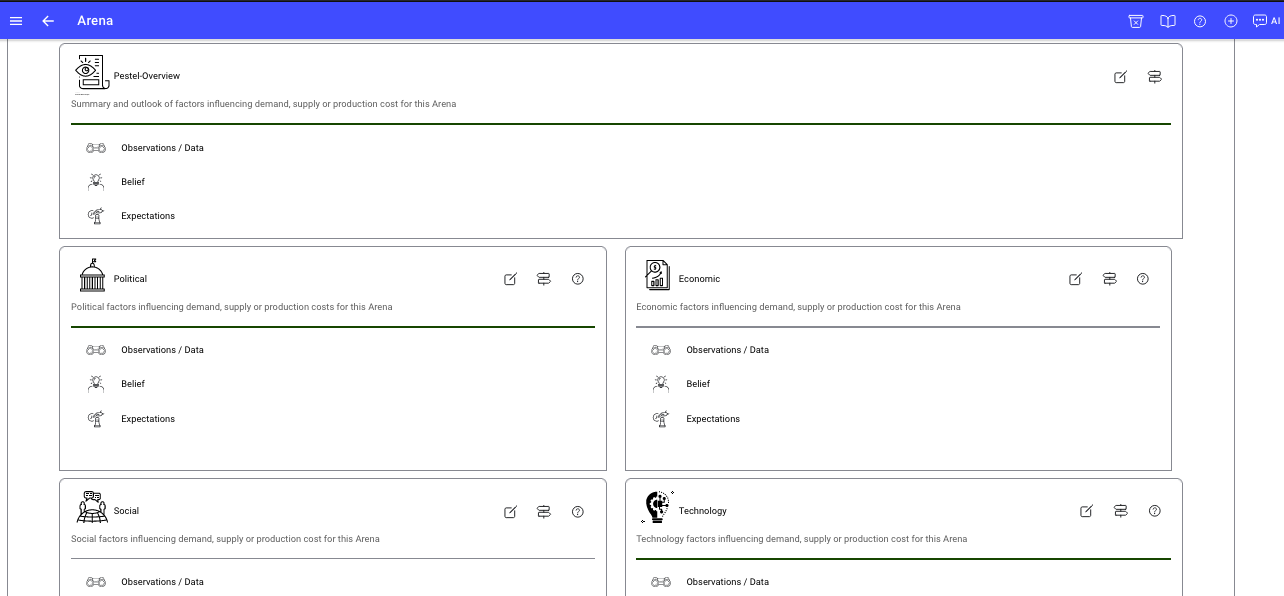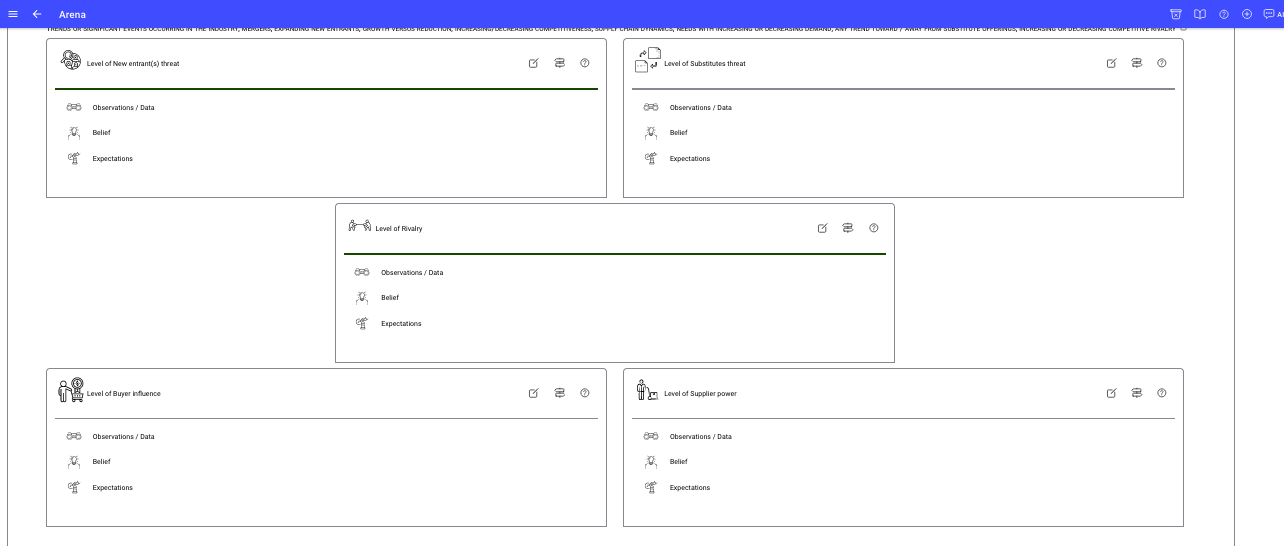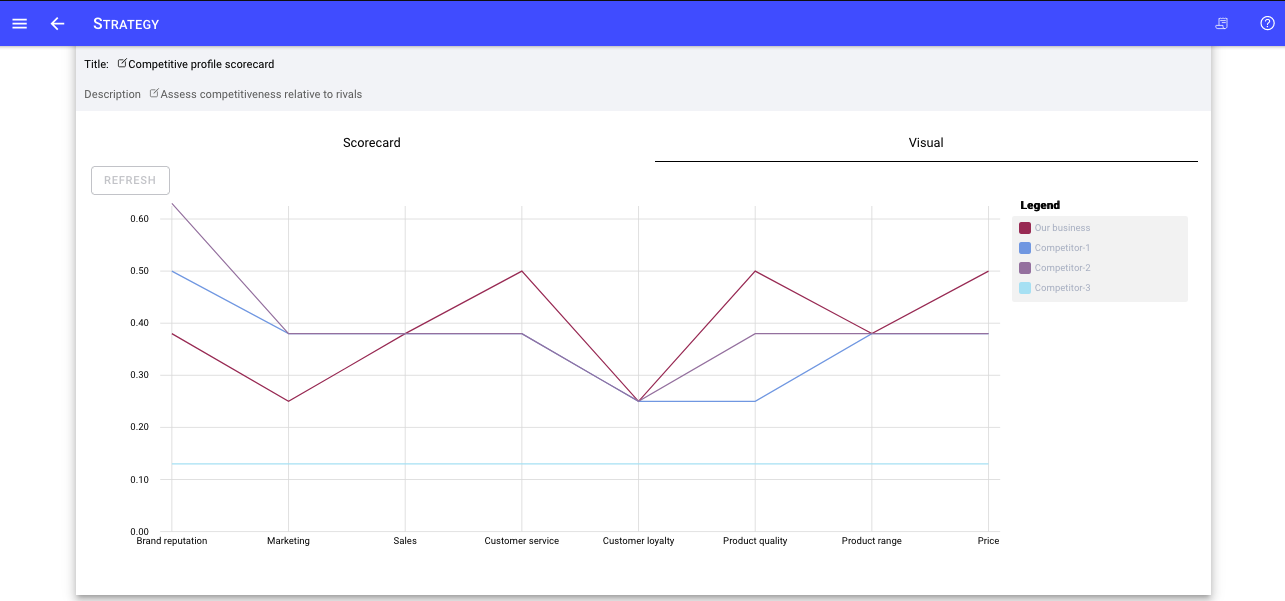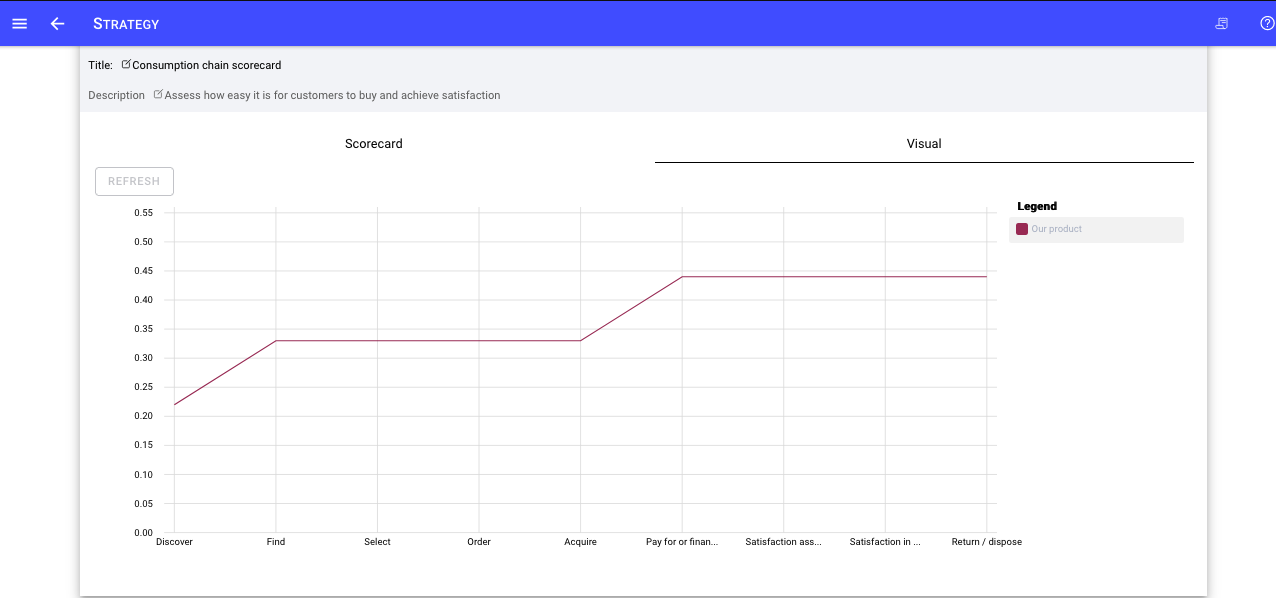In this section
-
Describe the role of the diagnosis
-
Provide an example diagnosis as part of a strategy kernel to deepen understanding and ability to apply a diagnosis.
-
Describe the relationship to your assessment.
-
Describe how to record a diagnosis in your implementation kernel.
A non-business example to set the scene
Imagine John, John is 40+ and experiencing frequent fatigue, occassional blurred vision, periodic intolerance to physical activity, excessive thirst, and skin and mouth infections.
John has been trying all kinds of actions, including drinking more water, getting more rest, and so on, but nothing has been very effective.
John, finally visits a professional and is diagnosed with Age onset Diabetes Mellitus. With the correct diagnosis, John now has access to the right treatment policy and actions.
Your strategic diagnosis
The purpose of strategy implementation is to offer a potentially achievable way of overcoming a key challenge or challenges between where your business is and where it needs to or could be.
In your assessment section, you have like a master physician built a good understanding of where your business is in terms of internal capabilities and alignment, the strength and fit into its ecosystem, competitiveness and customer affinity. You then brought all the most significant insights together into your assessment summary.
Your diagnosis answers the question - What is going on here? What single factor (root cause) or smallest set of factors explains our current situation?
Alternatively or additionally, your diagnosis answers the question - What is going on here? What is our most substantial opportunity to advance the business aspirations and why is that an opportunity accessible to your business?
The diagnosis is part of the Strategy Kernel described by Prof Richard Rumelt, in his book Good Strategy, Bad Strategy, The difference and why it matters.
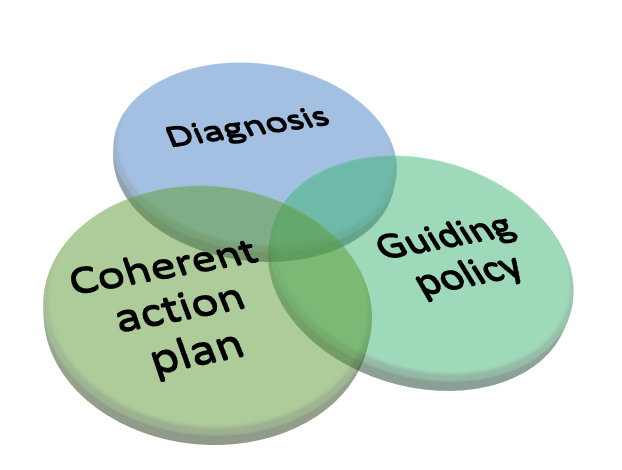
PepsiCo
Around 2006 PepsiCo and Coca-Cola were for the first time in decades experiencing stagnant revenues. Consumers and governments were becoming increasingly concerned about the health implications of sugary drinks, sugar substitutes and even snack foods. Some governments in the US (an important market) were proposing a soda-tax. A declining consumer demand with two strong competitors with ample production capacity, likely set the scence for aggressive competition and reduced margins as more was spent on advertising and price pressures to win a stagnant or declining consumer segment.
Under Nooyi’s leadership, PepsiCo proactively diagnosed shifting customer preferences as the source of stagnant revenue growth and product demand. Nooyi stated: “PepsiCo as a company has had a history of strategic acuity, and as a company we’ve always anticipated megatrends and skated towards those trends and try to proactively shape the portfolio.” Beyond the diagnosis informed by these external trends, they also understood the strengths and positions of their internal brands and offerings, and their abilities to determine how well they could deliver products to satisfy shifting markets.
Guiding policy
PepsiCo evolved a portfolio of products in three broad categories:
-
Fun for you (its existing offerings)
-
Better for you, and
-
Good for you
The Good for You category consisted of healthy snacks and drinks that accounted for approximately $20 billion of PepsiCo’s almost $70 billion dollars in annual sales by 2015. By consistently using strategy tools to assess and understand what is happening outside of the company and diagnose what that means in terms of organizing resources and capabilities inside the company, PepsiCo identified a policy and supporting actions that positioned the company for continued success and adding new value to the lives of consumers.
Your assessment builds an understanding of what is going on and the capabilities, resources, systems, structures, styles, skills and more accessible to your business.
Considering the PepsiCo example above. The assessment identified stagnant demand and revenue. The assessment understood PepsiCo capabilities, and its resources including its distribution, production and product development capabilities. It identified PepsiCo positions in its ecosystem to distribute and sell product.
While your assessments answers the What questions. Your diagnosis answer Why questions.
- Why is revenue falling
- Why is product demand stagnant or declining
- Why do we need to do something about it?
- Why is the customer segment we serve declining in number or demand for our products?
Finally, the diagnosis which can sometimes be a bit gloomy, should offer hope via the opportunity. It should answer the question - What is the most substantial opportunity to advance the business toward its aspirations.
From within the Strategy implementation screen expand the diagnosis tab. There you will see any diagosis that has been added previously along with the add + icon on the right side within the tab.
Click the add icon (+)
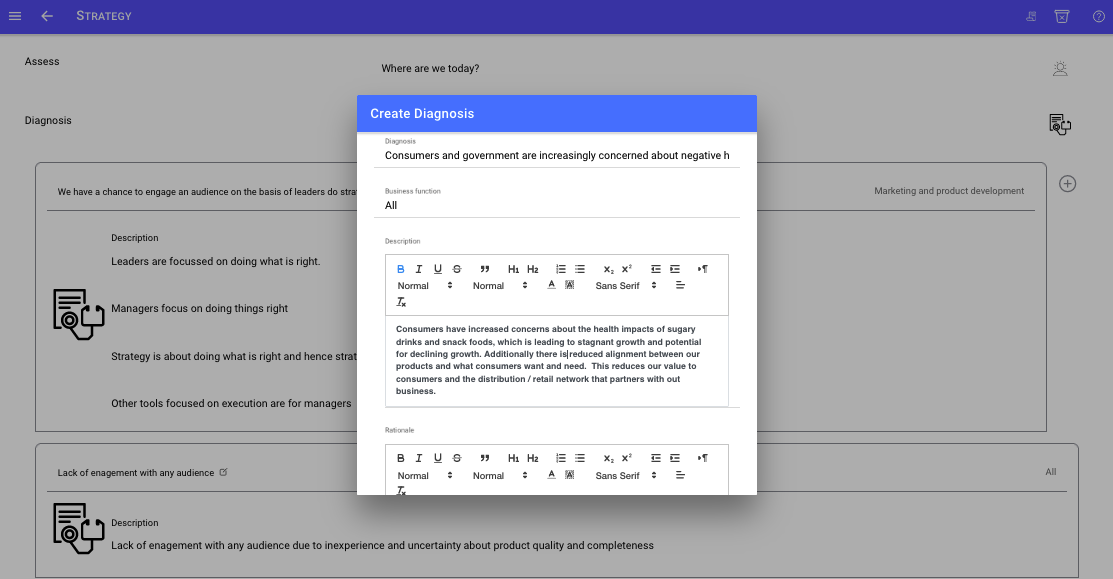
In the dialog that appears, you can record the diagnosis, along with a description of the diagnosis, this is a good spot to elaborate the opportunity from the diagnosis. You can also identify the most significantly impacted business area and the rationale for your diagnosis.
Click the edit icon on the diagnosis to update it.

